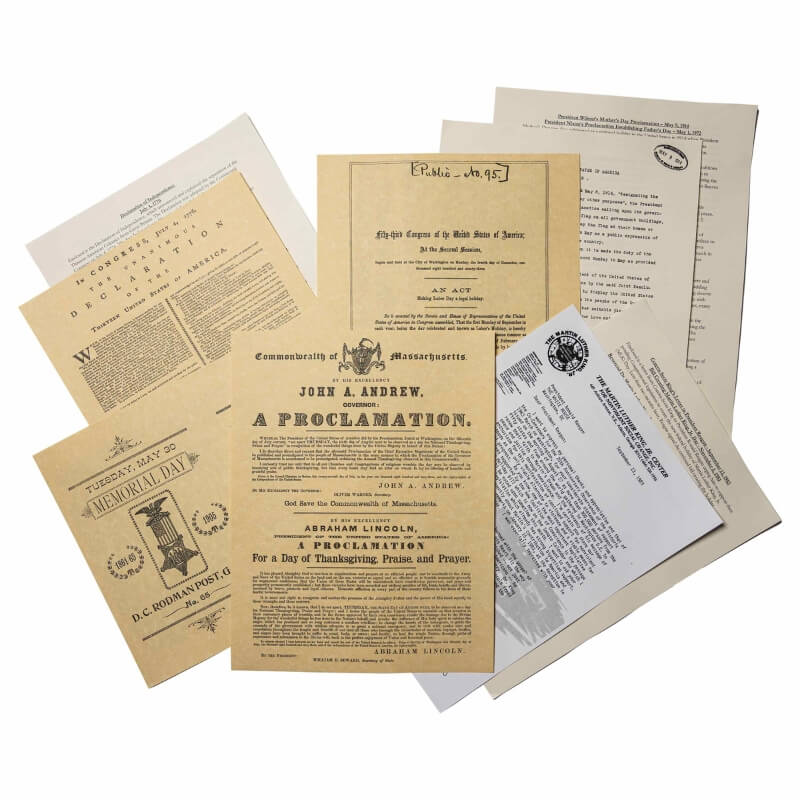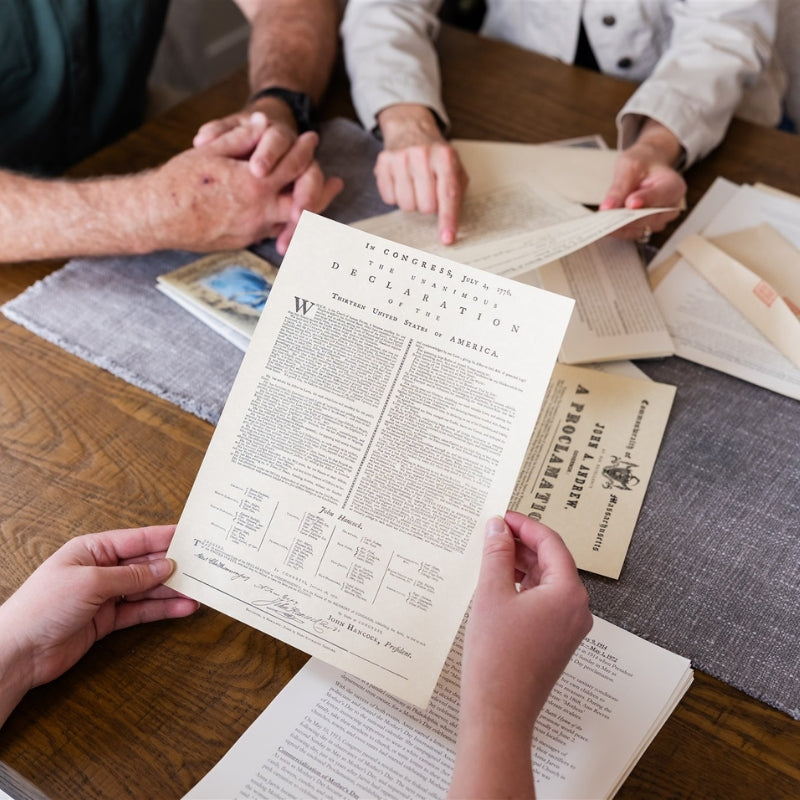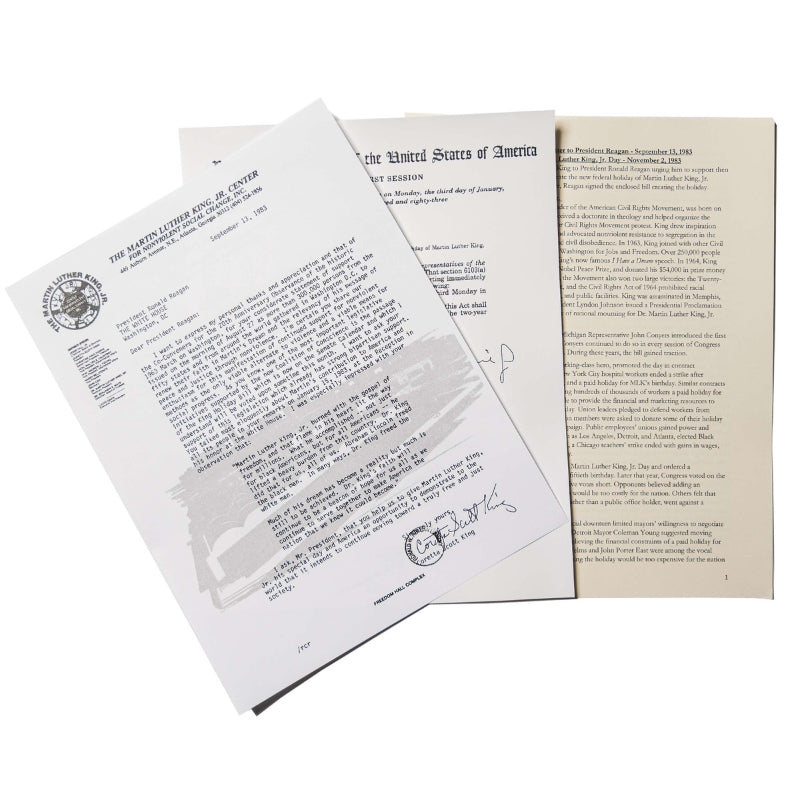
Rosa Louise McCauley Parks was born in Tuskegee, Alabama in 1913. Rosa and her younger brother were raised by their mother and maternal grandparents on a farm just outside Montgomery. In 1932, Rosa married Raymond Parks, a Montgomery barber and NAACP member. She received her high-school diploma in 1933, at a time when very few African Americans graduated from high school.
Jim Crow Laws
Jim Crow laws were state and local laws that enforced racial segregation in all public places. Jim Crow laws were enacted in the Reconstruction era after the Civil War in the former Confederate states, and were upheld in the 1896 U.S. Supreme Court case Plessy v Ferguson under the “separate but equal” doctrine. However, facilities for African and Native Americans, in addition to being separate, were generally inferior to those of white Americans. On buses and trains, Jim Crow laws enforced separate sections for whites and blacks and in many states, including Alabama, there was no school busing for black schoolchildren. Rosa remembers walking to school while white students took buses. “The bus was among the first ways I realized there was a black world and a white world” she said.
The Bus Incident
Jim Crow laws reserved the first ten seats on Montgomery buses for white passengers. “Colored” sections were in the rear of the bus, even though more than three quarters of Montgomery bus riders were black. The division between sections was determined by a movable sign marked “colored.” Further, if there were already white passengers sitting in front, black passengers were required to pay at the front, then exit and reenter through the rear door.
On one rainy day in 1943, Rosa Parks paid her fare and moved to take her seat. The bus driver, James Blake, forced her to exit the bus and reenter from the back. When she left through the front door, he drove off without her. Twelve years later, at 6 p.m. on Thursday, December 1st, 1955, Rosa Parks boarded the Cleveland Avenue bus. She paid the bus fare and sat in an empty seat in the first row behind the “colored” sign, directly behind the ten seats reserved for white passengers. When the bus reached its third stop in front of the Empire Theater, several white passengers boarded, but the white section was already full. The same bus driver who left her in the rain a decade earlier was driving the bus that day. James Blake moved the “colored” section sign behind Parks when he saw white passengers were standing, and he demanded that four black passengers give up their seats.
As Rosa Parks recalled, "When that white driver stepped back toward us, when he waved his hand and ordered us up and out of our seats, I felt a determination cover my body like a quilt on a winter night." Rather than move to the back of the bus, Rosa Parks moved to the window seat. Blake called the police, who proceeded to arrest Rosa. Rosa Parks was charged with a violation of Chapter 6, Section 11 segregation law of the Montgomery City code. She was tried on December 5th, 1955, for disorderly conduct and violating local law in a thirty-minute trial. She was found guilty and fined $10, plus $4 in court fees.
Legacy
Rosa Park's arrest and trial sparked a movement to boycott Montgomery buses which lasted 381 days and crippled the transit company. Her case was used to publicize the cause against segregration and led to the formation of the Montgomery Improvement Association, a new organization to lead the boycott, and elected the twenty-six year old and relatively unknown Reverend Martin Luther King, Jr. as president.
Rosa Parks appealed her court ruling. Civil rights leaders saw her as the ideal plaintiff for a test case against segregation laws since she was married, employed, politically savvy, and a model citizen. However, civil rights leaders shifted their focus to the case of Browder v Gayle (Aurelia Browder, as well as Claudette Colvin, were arrested for the same case as Rosa Parks' months prior), figuring a federal case would be more successful than a state court appeal. On June 5th, 1956, a Federal three-judge panel ruled Montgomery and Alabama state bus segregation laws violated the 14th Amendment in the Browder v Gayle case. Five months later, the U.S. Supreme Court upheld the decision, legally ending racial segregation on public transportation in Alabama and ending the Montgomery Bus Boycott.
Rosa Parks’ refusal to give up her bus seat that day in 1955 changed the world and earned her the title the “first lady of Civil Rights.” Her quiet protest sparked a successful boycott, which captured the world’s attention, raised awareness for the plight of African Americans, and made her an icon and symbol of the Civil Rights movement.
















